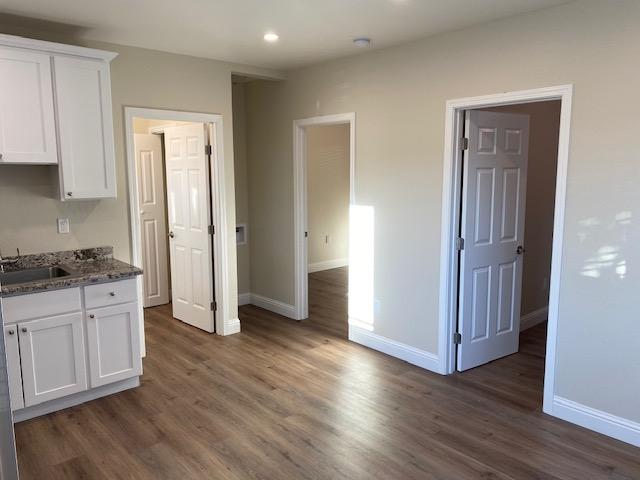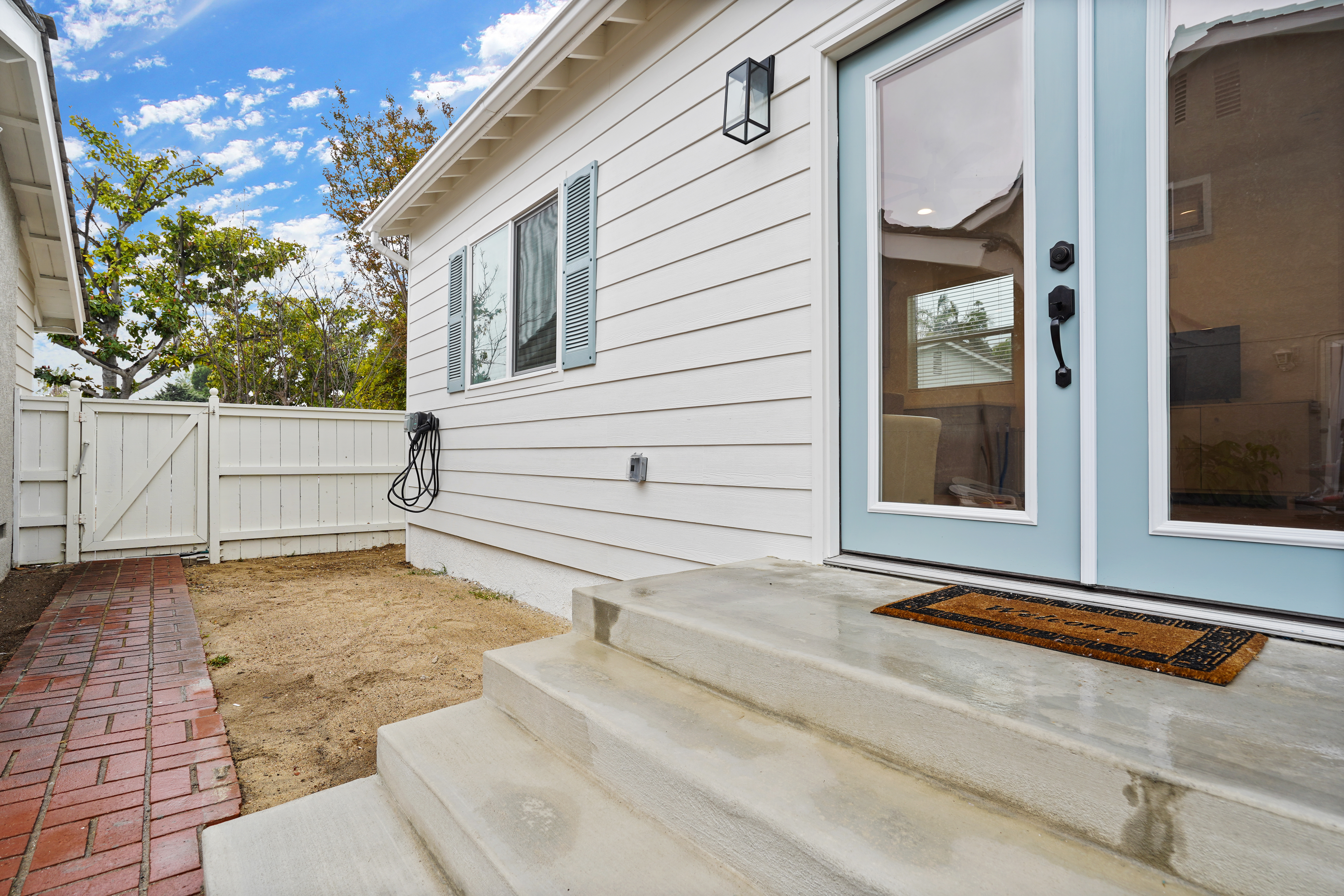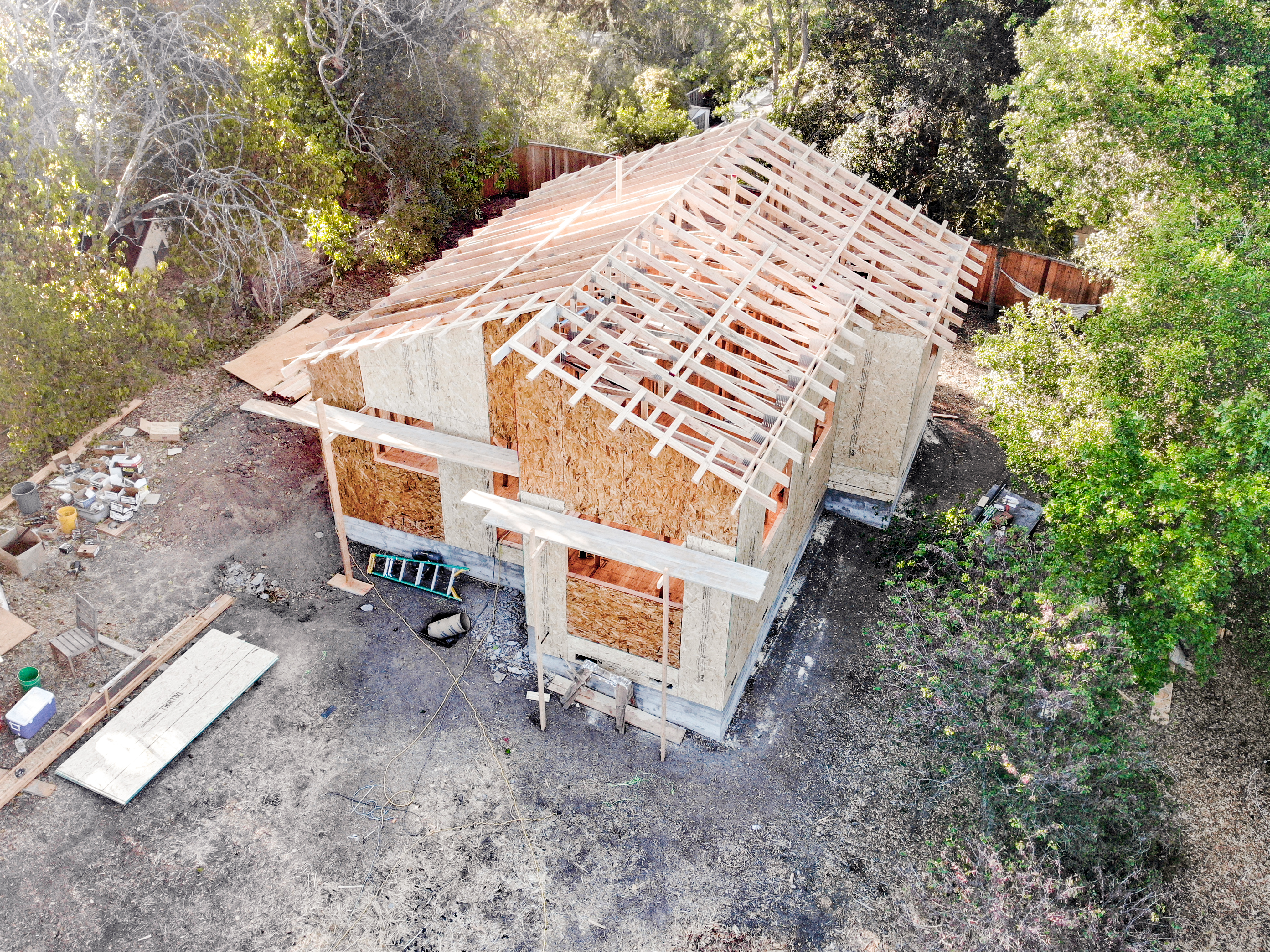How to Permit an Existing ADU
Homeowners with existing structures currently being used for living space often ask how to permit the structure to turn it into an ADU. We’re happy to help you get started on your legalization project, here is some information about what that might entail as well as homeowner insights from a recent legalization project we worked on.
Permit your existing ADU in 4 easy steps
- Check with your building and planning department for records of all permitted work completed on your property. Many homeowners worry that this may trigger an inspection but this is highly unlikely unless your property has already been flagged for inspection (you would know if this was the case).
- Review any records provided by the municipality. We can help review these for you if you need help but you should look for all permits related to the accessory structure or addition. If there are no permits on record for the structure you’ll want to have a general contractor inspect the building to determine if it was built to meet current codes (it’s likely that anything built more than 20 years ago may not meet today’s standards). Older permitted structures built to code at the time of construction may be eligible for a simple legalization permit without any construction in some cities.
- If you can’t find permits and a contractor’s inspection found that the existing structure would likely meet the current ADU standards, you can apply for an ADU legalization permit (names of this permit vary by municipality). Typically an inspector will come to the property and confirm the contractors findings, you will pay a permit processing fee, and then the space will receive a certificate of occupancy.
- If the contractor or you find that the structure will not likely pass inspection you will need to identify the elements of the structure that need to be updated to convert it to a livable space. Evaluate the return on your investment for demolishing versus rehabilitating the structure.
 ADU Interior
ADU Interior
Here are some homeowner insights into the ADU legalization process. All in all the homeowner spent around $25,000 on permits and construction to bring the structure into compliance for living space. Most of the money was spent upgrading the plumbing and utilities, as well as remodeling the bathroom space. Despite the complexity the unit was legalized and is now providing rental income.
What obstacles did you run into during the ADU permitting process?
The County and contractors working on the project provided inconsistent information about whether or not a water heater shed counted towards the square footage of the project which led to extra work. Ultimately the old water heater and shed was replaced with an on-demand water heater but because the on-demand water heater required all of the gas from the ¾ inch pipe, gas appliances were replaced. This meant that new electric lines were installed for the stove.
Not all inspectors may be concerned with the same things. What did inspectors focus on when looking at the unit?
One inspector exposed and inspected about 12 feet of the main sewer line where the drains tied in, this led to modifications as incorrect tie-ins were used. The inspectors were most interested in the condition of new work as well as the current plumbing system.
What else might you have done differently to the unit during a legal process?
The bathroom required a complete remodel as the inspectors wanted to see the plumbing and the vents for the drain lines.
What was your experience with the contractors? How important is it to find the right contractor to work with you?
Some contractors proposed replacing sewer and gas lines to the property line which wasn’t needed, or over-large windows which were unwanted. It’s important to communicate with the contractor and set clear guidelines about what you want and what the budget is.
What else might be confusing for those looking to take this sort of challenge on?
It’s hard to really understand the most recent code and even some builders weren’t fully aware of what was and wasn’t allowed. Do your research and work with someone with experience building and permitting these projects in your area.


